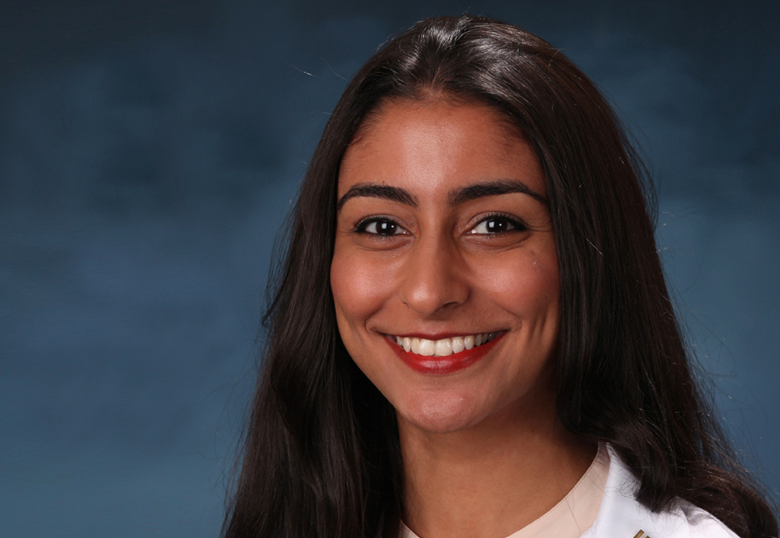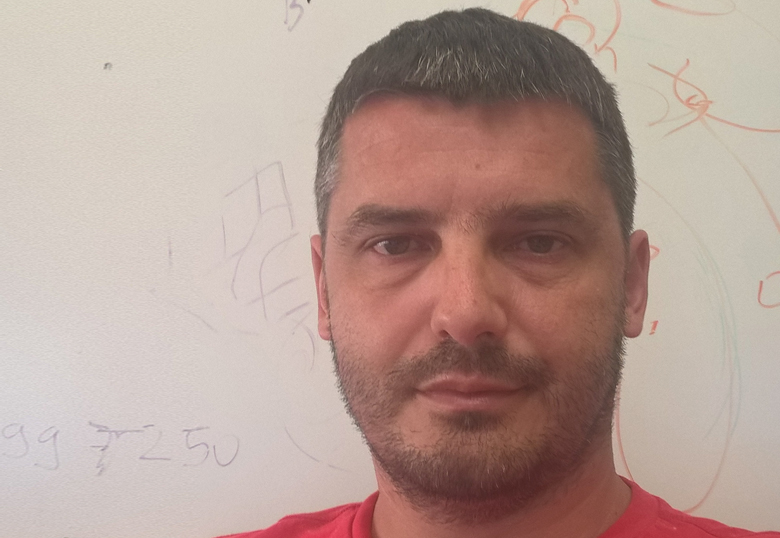Dr. Bruce McNaughton, a neuroscientist and recipient of the 10-year Alberta Innovates Health Solutions Polaris Award in 2008, has been somewhat of a double agent for the past few years.
As the province’s only Polaris-award winner, he’s been teaching and conducting research at the Canadian Centre for Behavioural Neuroscience (CCBN) at the University of Lethbridge. Then in 2014, McNaughton was jointly appointed a distinguished professor at the University of California, Irvine (UCI) at their Center for the Neurobiology of Learning and Memory (CNLM).
“The idea here was that, by having a joint appointment at UCI, I could expand my research funding, my collaborations and my ability to train graduate students and post-doctoral fellows, as well as my research funding,” says McNaughton. “Since that time, we’ve had at least five visits by students and post-docs in California getting trained on our advanced imaging technology here, and I’ve had one technician and three trainees do rotations down there. These opportunities for CCBN trainees and faculty members will clearly enrich the U of L’s education and research efforts.”
Part of the Polaris mandate was to expand international collaborations and UCI was a good fit, based on McNaughton’s research interests in learning, memory and memory disorders associated with aging and brain diseases. A recent area of interest for McNaughton is something called cognitive reserve, which is one of the best predictors of healthy brain aging. This phenomenon describes a situation in which two brains may show the same level of pathology, such as plaques and tangles, yet the one that has had more education, leads an active and varied lifestyle, speaks multiple languages and engages in exercise will show fewer behavioural signs of dementia.
“We’re interested in understanding the neural circuit mechanisms that underlie cognitive reserve,” says McNaughton. “It’s a complicated question; it involves studying the dynamics of the interaction of brain cells, how efficiently they represent data and things of that nature.”
Thanks to the hiring of Dr. Majid Mohajerani, infrastructure support from the Polaris award and the Canada Foundation for Innovation (CFI), the CCBN is equipped with a two-photon optical imaging system that allows researchers to analyze how the brain codes and stores information by monitoring hundreds of individual neurons simultaneously while animals are behaving. This involves placing mice in a virtual reality setup where they run on a treadmill with their head fixed under the microscope.
“It’s like they’re running around in the world. The fact that they’re running causes the hippocampus — the part of the brain that is essential for creating new memories and retrieving them, at least initially — to update its pattern as though the animal were running in a real world,” says McNaughton.
Sandra Gattas looks to map cognitive reserve through neural activity
One of McNaughton’s students at UCI, Sandra Gattas, wants to know if cognitive reserve can be seen at the neural level. Gattas, a student in the MD/PhD program, is currently at the U of L implementing an experiment she designed to answer that question. She’s working with a mouse model and comparing differences in neural activity between a group of mice participating in environmental enrichment activities and a group receiving no enrichment. As her research progresses, she also intends to perform the same experiment with mice genetically designed to mimic Alzheimer’s disease.

“I’m measuring brain activity with the two-photon microscope as I gradually increase or enrich the experiences of these animals,” says Gattas. “This then gives me a gradual measure of how cognitive reserve can lead to a change in the neural activity. In the end, I expect to see some difference that helps me identify a very smart brain from a very naïve brain.”
While her study is still in the early stages, the results could have implications for Alzheimer’s disease in the future.
“If we can quantify what the neural activity looks like in a brain with high cognitive reserve, this could inform how deep brain stimulation can be used as treatment for Alzheimer’s disease,” she says.
While UCI also has two-photon imaging systems, the CCBN lab is already set up for running mice in the virtual reality system, allowing her to get a big head start on her research by coming to the U of L. At the end of September, she will have an armload of data and analysis completed. She will have a perspective of the direction of the study before starting her PhD coursework in Irvine.
“Getting good quality data and having access to the resources, which we do have here, is a big benefit,” says Gattas. “What’s neat about the CCBN is that all the labs are together in one place and they’re all asking different questions. People come from all over the world to study here. Bringing all that together in one building is mentally stimulating.”
Dr. Ivan Skelin observes memories in the making
The partnership between the U of L and UCI has also benefitted Dr. Ivan Skelin, who has a medical degree obtained in his homeland of Croatia. He wanted to combine clinical work with research into how memories are formed. He began doctoral studies at the University of Zagreb and completed much of the work at Montreal’s McGill University, where he first heard about McNaughton’s work. After completing his PhD, he came to the U of L to do post-doctoral work with funding from Alberta Innovates Health Solutions.

“Most of the human electrical activity recordings these days are done using scalp electroencephalography, which provides low-resolution, summed activity of large populations of neurons scattered over multiple brain structures,” says Skelin. “We are recording the activity of single neurons — functional units of brain computation — from the electrodes placed directly inside the brain structures relevant for memory formation and retrieval. The big advantage of this approach is that you can correlate the human subjective experience with recorded brain activity.”
Skelin can observe how memories are encoded and retrieved by asking patients to recall a short five-second video they’ve watched and comparing the activity evoked by recall with activity present at the time of memory formation. As the memory-consolidation process of gradual strengthening of selected memories occurs during sleep, overnight recordings allow Skelin to follow the dynamics of memory traces during sleep. Bit by bit, Skelin is mapping the spatiotemporal dynamics of memory in the human brain.
Without the U of L’s partnership with UCI, Skelin would not have had the chance to record directly from the human brain.
“UCI is one of a handful of places in the world where we have the ability to record single neurons from the human brain,” says Skelin. “This is a unique opportunity that I am extremely grateful for. My experiences here have contributed a lot to my career.”
Partnership gaining strength amid future uncertainty
The momentum has been building since the Polaris award began, especially over the past two to three years. Thanks to an NSERC (Natural Sciences and Engineering Research Council) Collaborative Research and Training Experience Program grant, we have been able to support excellent trainees and, with additional support from CFI (Canada Foundation for Innovation), the CCBN has advanced supercomputing equipment, microscopes and electrophysiology setups. Several trainees have gone to attend workshops and training camps in European labs through the Polaris award. The partnership is also enabling new collaborations for CCBN faculty who have had opportunities to spend time at UCI. So far, Drs. Robert Sutherland and Mohajerani have taken advantage of visits to UCI. UCI hosted a joint meeting with CCBN, University of Alberta and University of Toronto faculty members to develop a strategic plan for collaborative research projects.
As McNaughton looks ahead to the time when the Polaris award, which is non-renewable, will finish in 2018, his brows furrow.
“I am deeply concerned about what happens then because we will be going from a budget that’s supported about 40 trainees and staff to what can be supported on a regular NSERC grant. We have acquired world-class instrumentation and infrastructure, and are just reaching our peak productivity, but I will have to lay off a lot of people,” says McNaughton. “It won’t end suddenly this time next year because I’ve saved enough in the budget to stretch it another year maybe, a least at a reduced scale, so the door doesn’t slam shut all at once. And, of course, I’m spending a lot of my time applying for other sources of funding, but support for this kind of basic research has been steadily shrinking worldwide. This is a very disturbing trend. Most advances in medicine have, at their root, fundamental discoveries that were made in the context of basic, curiosity-driven scientific research, the impact of which might not be seen in the discoverer’s lifetime. Clinical translation represents the apex of a pyramid, at the base of which is discovery science.”
